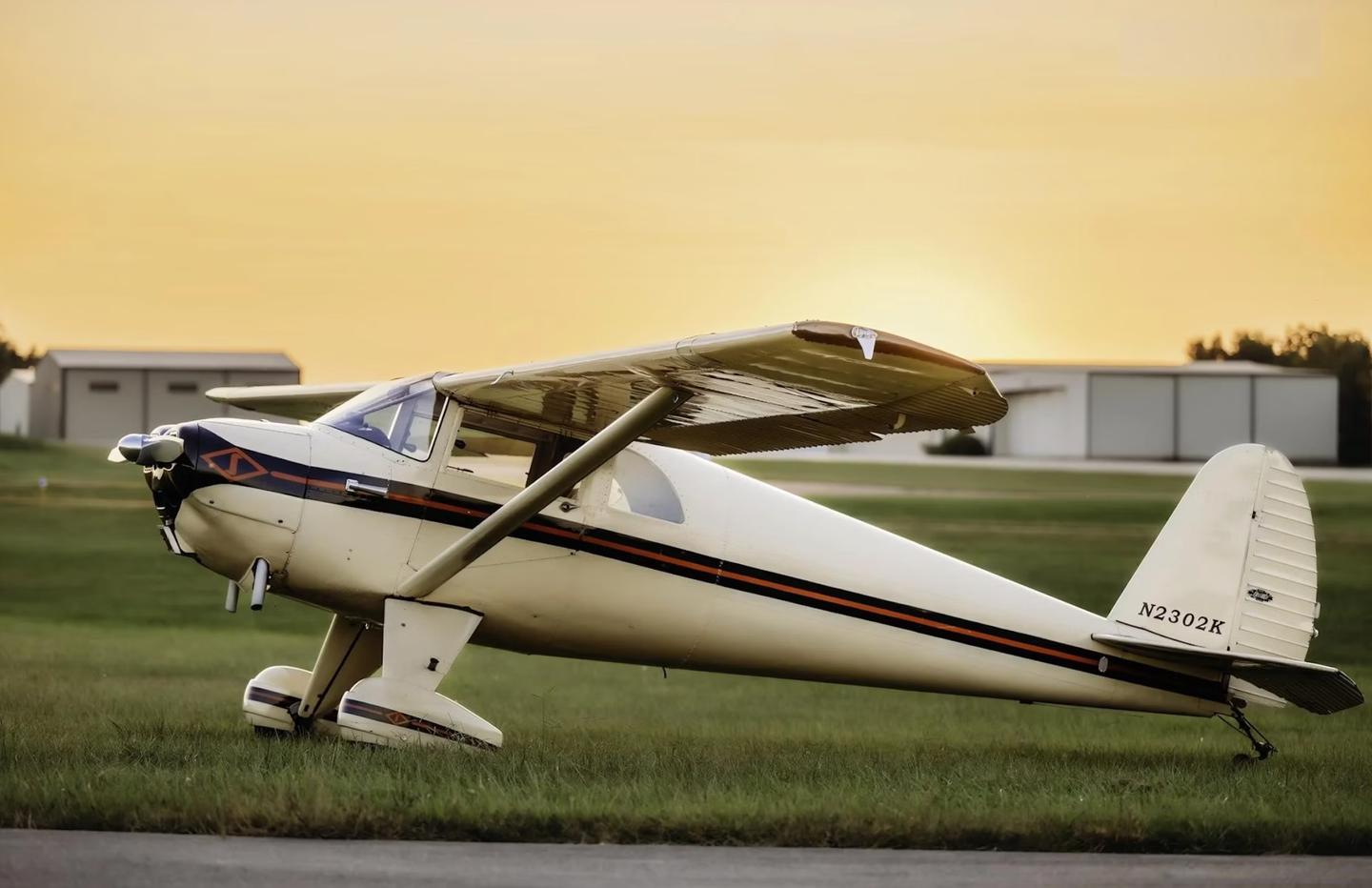
NTSB image.
Like most pilots, I am alert to aircraft accidents that make the news. And I’m particularly ears up when an accident involves an airplane or an airport that I’m familiar with.
A fatal accident that occurred on January 2 ticked both boxes, involving a Van’s RV-10 at the Fullerton, California, airport (KFUL). I know the RV-10 well and have come to appreciate its capabilities. I was also based at Fullerton for a time, and even took my multiengine training there in a Beech Duchess.
The RV-10 was involved in a fatal accident after impacting the roof of a furniture manufacturer whose building is near short final to Runway 24. Besides the two occupants on the RV who were killed, 19 people in the building were injured, eight of them seriously. The National Transportation Safety Board (NTSB) is still investigating, but the preliminary report confirms early speculation.
“A witness, who was located on the airport ramp on the south side of Runway 24, about 850 feet short of the departure end, observed the airplane fly by him after takeoff,” the NTSB report reads. “It passed from right to left at what he considered to be a high speed, but at a lower altitude than he would have expected considering its distance down the runway. Once the airplane had departed the runway environment, and was about 100 feet agl, he realized its left door was open and up. He then saw an arm reach up and pull the door down.”
The pilot had requested an immediate landing, which the tower controller immediately granted. Rather than land on Runway 6, the pilot elected to continue in the pattern for a landing back on Runway 24. After what witnesses described as a lower-than-normal pattern with steep bank angles on both the downwind-to-base and base-to-final turns, the airplane plunged into the roof of the building. Video shows the airplane in a nearly 90-degree right bank before impact.
There will be more to this story, I’m sure, especially since it appears the builder did not install a secondary latch system supplied by Van’s Aircraft. It appears the pilot was struggling to keep the unlatched door from departing the airplane.
My reason for bringing all this up is that I can relate. I have had doors pop open on several airplanes—a few Piper Cherokees, my own Beech Bonanza, the aforementioned Duchess, and some Cessnas, too. Depending on when it happens, it can be mildly or brutally startling. (The Bonanza’s door made a particularly impressive bang when it unlatched.) At least with the Pipers or the Bonanza, it’s happening on the other side of the cabin.
If the door opens at low altitude, it can be massively disconcerting, that’s true. But there’s something else at play that I see with experimental aircraft. It’s that special connection between builder and pilot. You may literally be invested in that Cherokee, but if you took years to build your own machine, it’s virtually impossible to become suddenly blasé about a part falling off. You’ll try really hard to save that door because you know how big the repair job will be if it departs the airframe.
The RV-10’s gull-wing doors are a special kind of challenge. Not much happens when a Cessna door opens, and the worst thing that happened with the low-wing airplanes was a lot of noise. The airplanes are 100 percent flyable with a trailing-open door.
But I do have some sensitivity to this pilot’s plight. I spent a few years regularly flying a SOCATA Trinidad TC, which also has gull-wing doors. I was always aware of the potential for a door coming open and was especially vigilant during the summer, when it became my (perhaps poor) habit to taxi with the portal unlatched and my forearm resting on the sill, the lower edge held loosely in my left hand. Before rolling onto the runway, I always gave the doors a double-check, especially on the passenger side.
But it takes tremendous discipline to be ready to let a part of the airplane go. A dear friend with experience in flight testing told me just before I committed the first flight of a homebuilt: You can always build another. Don’t put the airplane first. As I advanced the throttle for the first time, I’d convinced myself I would heed his advice. But I’m really glad I never had to find out for sure.

Subscribe to Our Newsletter
Get the latest Plane & Pilot Magazine stories delivered directly to your inbox

